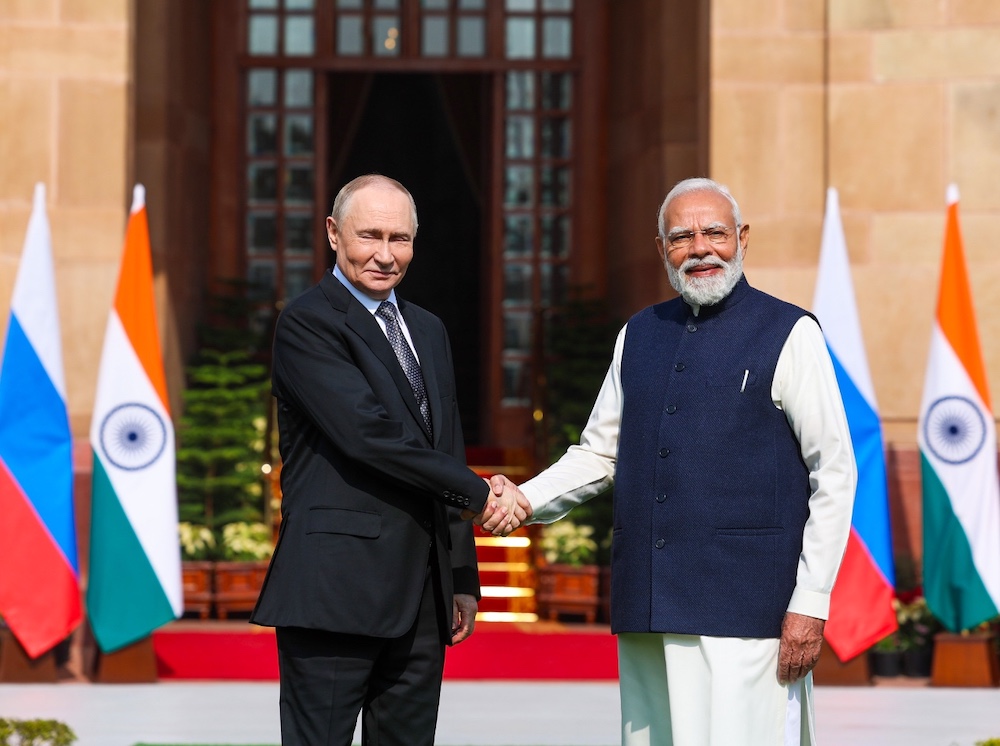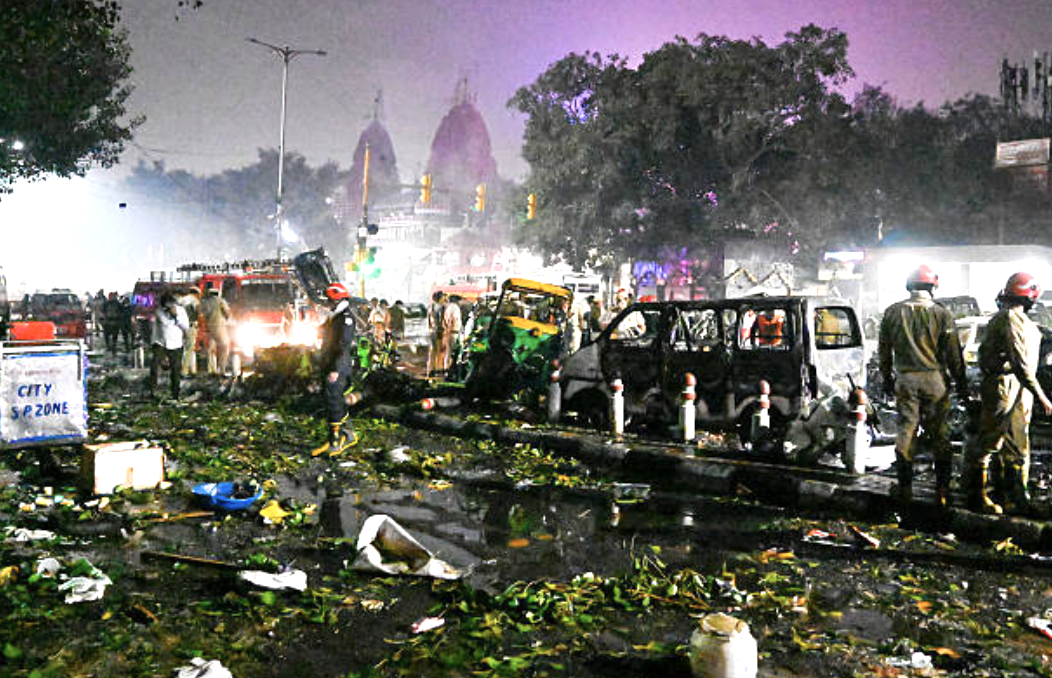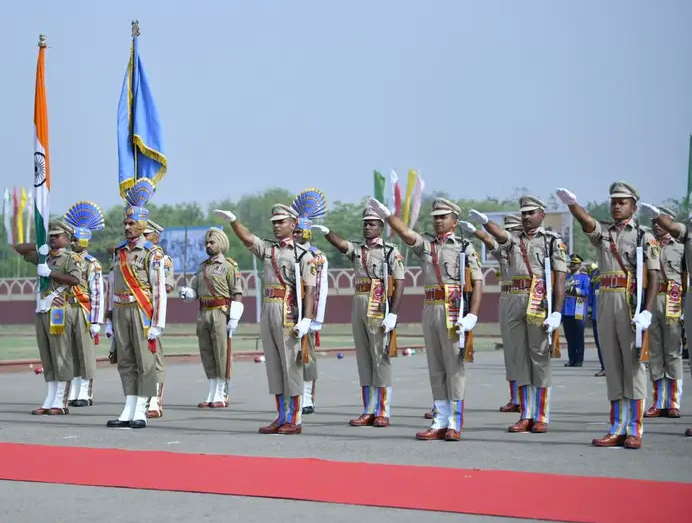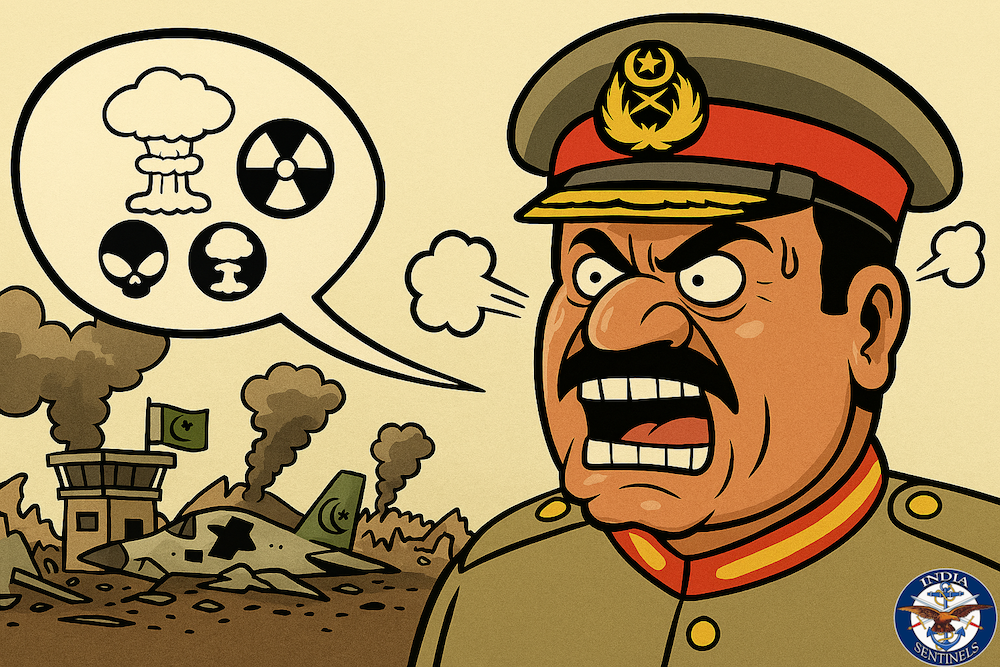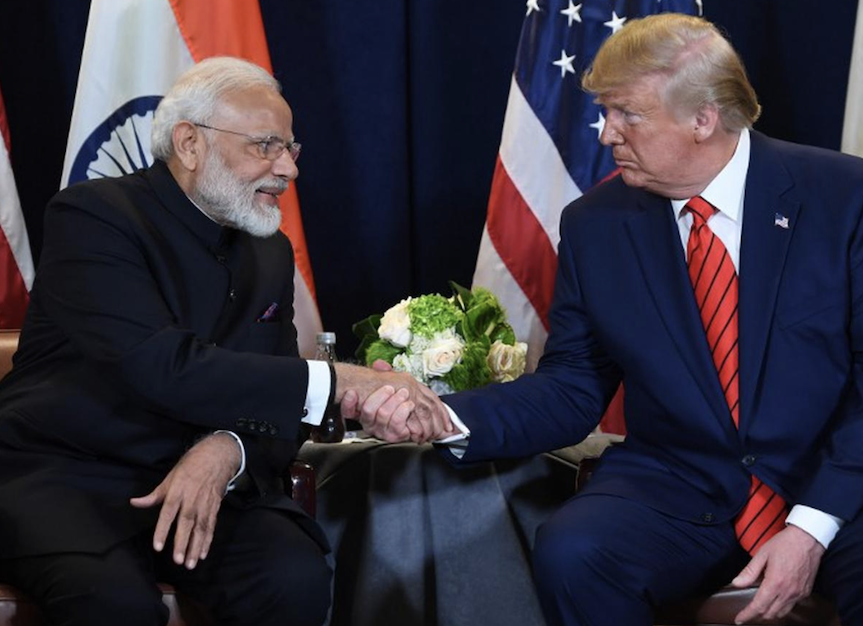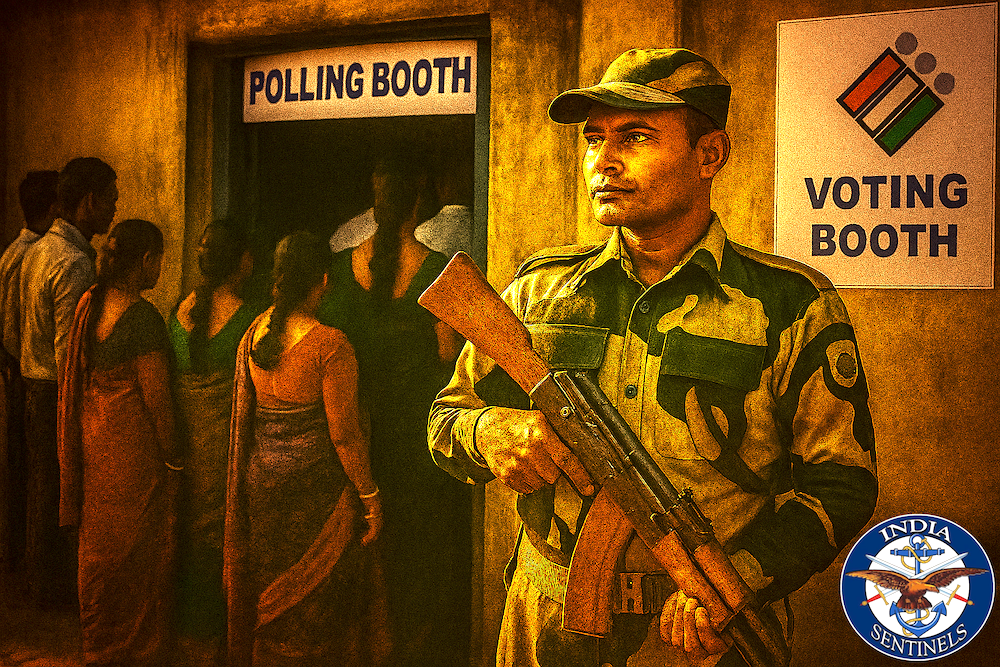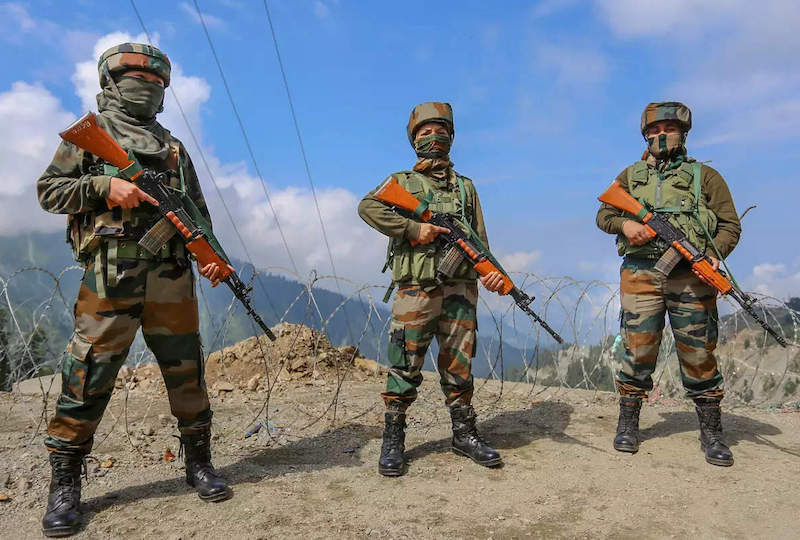 The Assam Rifles is a CAPF under the administrative control of the Union home ministry while its operational control is with the defence ministry. (Photo via special arrangement.)
The Assam Rifles is a CAPF under the administrative control of the Union home ministry while its operational control is with the defence ministry. (Photo via special arrangement.)
India shares land borders with Afghanistan, China, Bangladesh, Pakistan, Nepal, Bhutan, and Myanmar. Borders can be classified into two broad categories, i.e., de jure and de facto borders. Borders mutually recognized and ratified by involved governments duly demarcated are de jure borders. Ones, which are unsettled, are de facto borders.
The India-Pakistan border is a mix of de jure and de facto borders wherein a part of the segment is military-control line termed as the line of control (LoC), which is the working boundary between two. Similarly, the India-China border is another unsettled border with differing perceptions of the boundary termed as line of actual control (LAC).
(India’s border with Afghanistan is only on paper as it borders Afghanistan with Pakistan-controlled Kashmir.)
Read also: India-Myanmar border guarding needs a fresh approach
Borders are the extreme territorial limits of a country, which signify national sovereignty and territorial integrity. In the Indian context, settled borders are guarded by border-guarding central armed police forces or CAPFs with single-point hierarchical command structures. It ensures professional border guarding and optimum utilization of resources.
Settled borders, require peacetime border guarding. Peacetime border guarding is the domain of border-guarding CAPFs. These forces have ensured professional border guarding upholding sovereignty and territorial integrity of the country. On unsettled and unpredictable borders with eyeball-to-eyeball contact with enemy forces, the requirement is to counter aggressive military posturing of adversaries by matching and/or dominating it.
Read also: Manipur crisis is becoming national threat, govt must act now
Application of peacetime border-guarding template or hybrid model template for unsettled borders consisting of border guarding and border defence is professionally unwise, likely to create confusion, and create coordination issues. In a nutshell, it is detrimental to national security.
Both settled and unsettled borders need single-point command structure for effectiveness. In professional command-based hierarchical organizations, there is no room for duality of command, which unfortunately exists in our bordering-guarding and border-defence structure, which dilutes its effectiveness.
Read also: Implement professional protocol for top posts in border-guarding CAPFs
Analyses of settled and unsettled borders point to duality of command-and-control structure. Duality of command is detrimental for national security. The India-Myanmar border is a settled border guarded by Assam Rifles. There is duality of control at macro level. Peacetime responsibility for the border security of the international borders falls under the domain of Union home ministry affairs, whereas operationalization of the Assam Rifles falls under the defence ministry with the home ministry only being the administrative ministry.
The duality of control seems to have led to prioritization problems between border-guarding, border-management, and counterinsurgency efforts, in which border guarding stands diluted. There is need to consider either placing Assam Rifles under domain of the home ministry – the India-Myanmar border being a settled border – or place it under control of one of the border-guarding CAPFs.
Read also: Pulwama attack needs answers to avoid politicization, end speculations
The LoC and the LAC have been perpetually unsettled, always in state of hostility and war preparedness. These two borders need border defence and not border guarding. Responsibility for border defence lies with the Indian Army. Hence all forces deployed on unsettled borders need to be under the Army’s command. It exists on the LoC where the Border Security Force is under the Army’s command. The Army in lead has ensured single-point command ensuring coordinated professional functioning – a must for national security.
The LAC has always been in a perpetual state of instability and unpredictability. After the fatal June 2020 Galwan clash between the Indian Army and the People’s Liberation Army, instability and unpredictability on the LAC has increased manifold with heavy concentration of troops and equipment on both sides of the border.
The foreign minister, S Jaishankar, while speaking at the conclusion of foreign ministers’ meeting under the Shanghai Cooperation Organization (SCO) said, “The issue is that there is an abnormal position in the border areas, along the boundary.” He then added, “I have made it very clear, publicly as well, that India-China relations are not normal and cannot be normal if peace and tranquillity in border areas are disturbed.”
Read also: High time govt empowers BSF cadre officers lead force at highest level
There have been nineteen rounds of corps commander-level talks between India and China without much perceptible improvement in the ground situation. Situation along the LAC remains tense and abnormal. Primary responsibility for border defence of the LAC lies with the Army. It needs to be the lead agency on unsettled borders. The Indo-Tibetan Border Police, which is there on the LAC, presently does not operate under the Army’s command. Why ITBP is not under the military’s command despite the border being in a state of perpetual hostility is intriguing.
There is a feeling in the military establishment that the LAC is an unsettled active border and there is a need to place the ITBP under the Army’s command. According to a report in ThePrint, the home ministry wants the ITBP to take the lead role on the LAC, but the Army wants the CAPF to be put under its control.
What Lt Gen DS Hooda, former Northern Army commander, said in a webinar organized by the Delhi-based Institute of Chinese studies needs serious consideration by the government. He said, “We are looking at responding to a regular military. There are limitations in the way ITBP can respond, not because soldiers and officers are lacking but because they do not have organizational structure and the capability to react to it.”
Read also: Placing border-guarding forces under the Army?
There is a need for total integration in the LAC theatre wherein all forces deployed report to one commander for the sake of the nation’s security interests. The government needs to revisit the duality of command existing along the LAC.
With theaterization likely to be reality in the not-so-distant future, there is a requirement to dovetail the ITBP in the overall security structure of the LAC. Afterall, national security interests demand a single-point command structure. And when we consider the present security environment on the LAC, it becomes even more apparent that the ITBP should be placed under the Army’s command.
Read also: Modernization and reforming our border-guarding forces
We must not lose the perspective that China is perpetually hostile on the LAC, and to counter the Chinese threat, a single-point command structure is the need of hour for accountability, better utilization of resources and capabilities.
Disclaimer: The views expressed in the article are the author’s own and don’t necessarily reflect the views of India Sentinels.
Follow us on social media for quick updates, new photos, videos, and more.
Twitter: https://twitter.com/indiasentinels
Facebook: https://facebook.com/indiasentinels
Instagram: https://instagram.com/indiasentinels
YouTube: https://youtube.com/indiasentinels
© India Sentinels 2022-23


